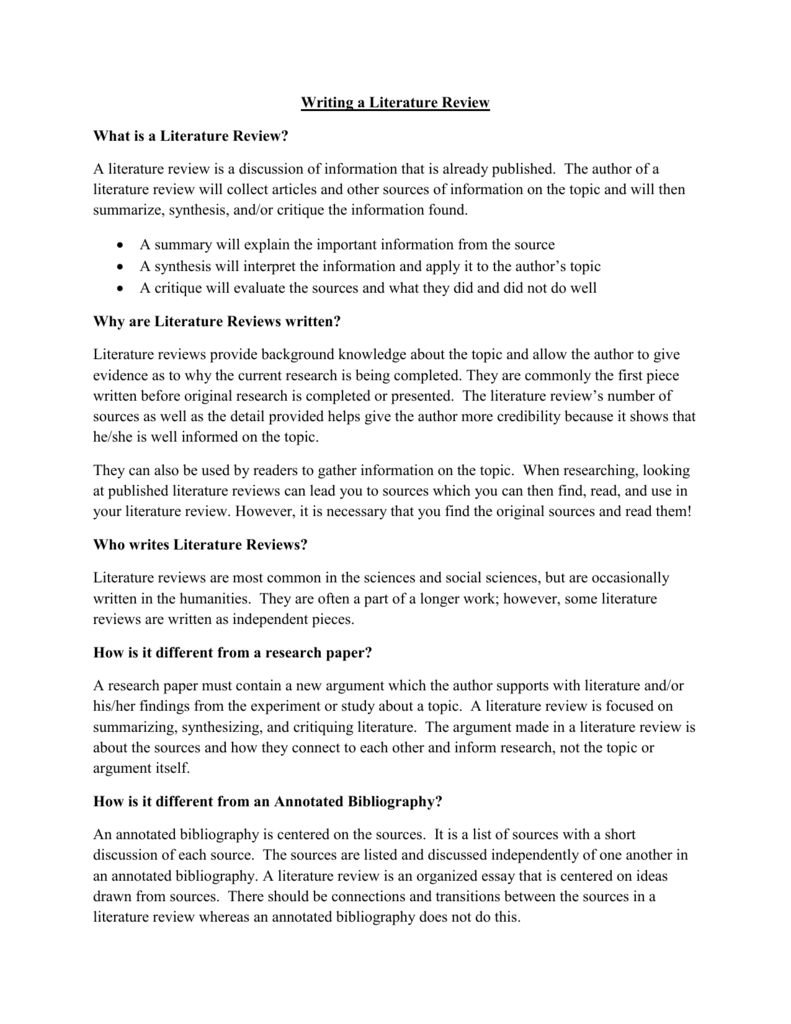If you want to write a literature review for a particular research paper, you should follow the basic structure of an essay: an introduction, a middle body, and a conclusion. It should clearly state what the scope of your review is, so, for example, a review of obesity trends in the general population should not be comprehensive; it will instead focus on the topic of obesity in children. The literature review should move from an overview to a specific focus, and should link the research findings to existing knowledge.
Analyzing patterns, turning points, and key debates
One of the easiest ways to study a topic is to trace the development of the subject over time. This process is not about listing sources in chronological order; instead, you need to analyze patterns, turning points, and key debates in a literature review to show what your own research can contribute to the discussion. A good way to do this is to divide the literature review into decades.
After gathering all the information you need for the literature review, map out the ideas you want to incorporate into the paper. To make the most of the information you find, use keywords to search for it. Look for sources that are trusted. These will show you what you’ve learned. This will also help you understand what makes the literature review valuable and show how you add to the existing content.
Organizing sources in a lit review
There are several ways to organize your sources in a literature review, depending on the subject of your study. For example, a chronological review would contain subtopics based on each important time period in the study. On the other hand, a thematic review would have subsections based on the theme. Depending on your paper’s topic, you may be assigned an organizational framework that does not fit well with the topic at hand. In such a case, you will need to figure out where your literature belongs and confirm this with your professor.
Moreover, a literature review is usually organized around themes rather than individual sources. When arranging sources, you should try to think about which ideas connect them. A theme can link multiple sources, including those in the same field, but with different perspectives and methods. Once you’ve identified a theme, you can then organize the sources according to that theme. This way, your sources will flow smoothly into your paper.
Creating a reference list in a research paper
When you are referencing articles, books, or other sources, you should make sure to follow APA style. Make sure to indent the line from the left margin. You can use hanging indentation if you want to show more detail. The name of the author should be inverted, with the last name provided first. Otherwise, it should be written as initials. After writing the name, make sure that it is consistent throughout the paper.
The first step to creating a reference list is to determine the style of citation. The style you choose should follow the guidelines for your course or program. Check with your professor to find out what style they require. However, most word processors have a feature that allows you to automatically alphabetize the list. Using this feature can save you a great deal of time, as it can avoid common mistakes.
Avoiding relying on sources that don’t directly relate to your topic
As a rule of thumb, when writing a literature review, you should not rely on sources that don’t directly relate to the topic of the review. These sources are generally not as reliable or academically sound as journal articles. It is also important to be careful when using them. Instead, you should rely on credible academic literature to provide information that supports the core arguments of your review.
If you choose to include sources in your literature review, make sure you analyze them critically. The purpose of this exercise is to inform your readers about trends, knowledge, and problems in your topic area. To avoid relying on sources that don’t directly relate to your topic, remember to avoid using sources that are too dated or don’t directly relate to your topic. You should also avoid writing in a narrative or descriptive style and avoid including sources that aren’t directly related to your topic.

